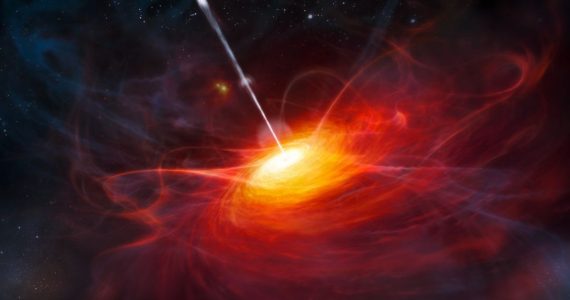Imagine you have a wide-spread pond right in front of you. You throw a pebble into it. What do you think will happen? Apparently, the pond will spread out as the water makes waves and curves. As you continue throwing pebbles into the pond, the water will continue to make waves and layers. This is what exactly scientists have thought of the milky way.
For decades, there has been ruthless research about the mysterious making of the milky way. If we think through the pond example, it makes sense that the milky way is nothing more or less than the spread of the water. Do you think so? It turns out that the mechanism of the milky way and the placement of stars is more mysterious and complex than that.

Scientists believe that the milky way was formed billions of years ago. By then, there was a slight explosion, just like throwing a pebble into a pond. As a result, the galaxies and stars were mysteriously placed. This throwing of the pebble gave birth to the moving of stars. So, if you look up in the sky and see that a star is moving at a fast pace, do not think it is artificial. Instead, it is a real galaxy or star that is moving apart from other galaxies due to pebbling.

Nevertheless, it is equally important to notice that this moving of stars and placement of galaxies is not something that happens once or twice. Instead, it is something that happens over and over again. Nonetheless, this is yet another mystery recently relished by scientists.
This means that the former belief (of scientists) was that this ‘minute explosion’ of galaxies and placement of stars happens once in millennia. But this revelation unveils the mystery. It clarifies that the placement of galaxies and stars and the making of the milky way are consistent things. Things that happen over and over again.

A popular astronaut and scientist, Paul McMillan, suggests that the fast speed of moving stars gives yet another hint. What is that, you may wonder? Well, it turns out that the fast pace of these moving stars is because of the intensity of the explosion.
Apparently, if the intensity of the explosion is great, the pace of stars (in which they move) multiplies. Think of it from the perspective of throwing pebbles into a pond again. If you throw the pebble at a fast speed, the layers of water will be intense. And if it is slow, so will the waves of the water. Thus, the same is true for making the milky way and placing moving stars.




